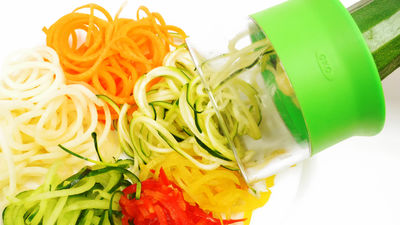I tried trying to make lasagna · dumpling skin etc in "noodle maker" which can make real raw noodles in 10 minutes

Noodles such as udon, pasta, ramen and soba can be created automatically in just 10 minutes, you can also choose the strength of Kosi and the thickness of noodlesNoodle makerSo, it will become possible to make dumplings and lasagna "0.8 mm seat cap"is. Since I can make a sheet of fabric, I borrowed a cap for a noodle maker main body & 0.8 mm seat, and actually used it by cutting fabrics by myself and making thick noodles etc.
Philips Expands Use of "Noodle Maker" Expanding '0.8 mm Sheet Cap' and Grain Rice Recipe for Gyoza Skin and Lasagna Can Make - Philips
http://www.newscenter.philips.com/jp_ja/standard/about/news/consumer_products/20140813_NM_NewCap.wpd
Basic usage of noodle makers can be confirmed from the following articles.
"Noodle Maker" review that allows you to make raw noodles such as udon, pasta, ramen, soba noodles in 10 minutes - GIGAZINE

In addition, how to make dishes in the attached recipe book with arrange noodles such as tomato pasta, carrot pasta, curry noodles etc. from the following.
Try tomato pasta · curry noodle · arrange recipe etc with "noodle maker" where raw noodles can be made at home - I tried scattering GIGAZINE

A noodle maker & 0.8mm seat cap pushing out the fabric can be seen from the following movie.
I tried using a noodle maker's "0.8 mm seat cap" - YouTube
This time we had "0.8 mm seat cap" lent out together with the noodle maker body.
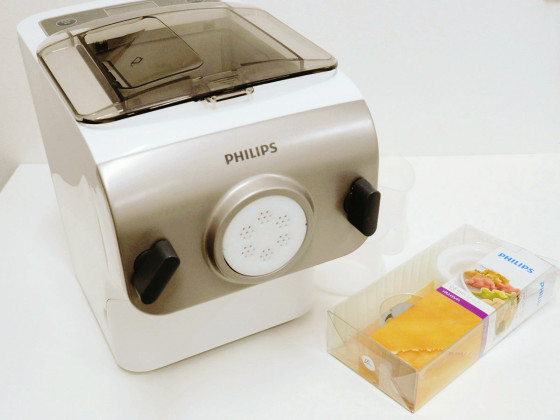
This is "0.8 mm seat cap". For the noodle maker body, 2.5 types of square noodles, 2 mm round noodles etc. All four types of caps are enclosed, but "0.8 mm seat cap" is sold separately.
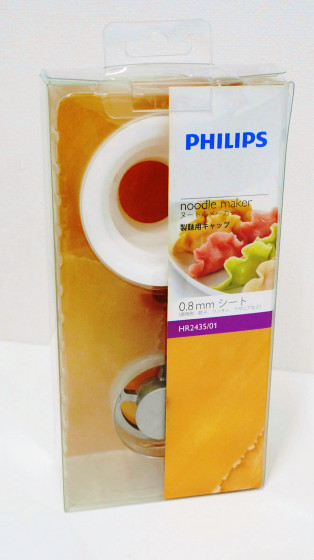
Opened.
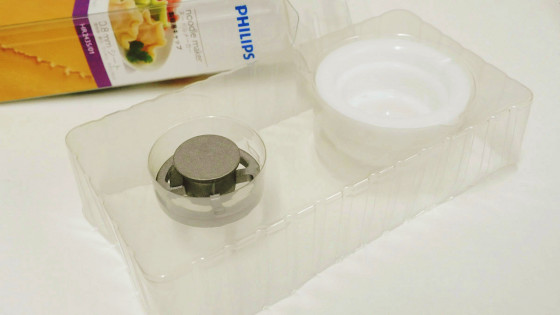
Two kinds of parts that were inside. I will use these in combination.
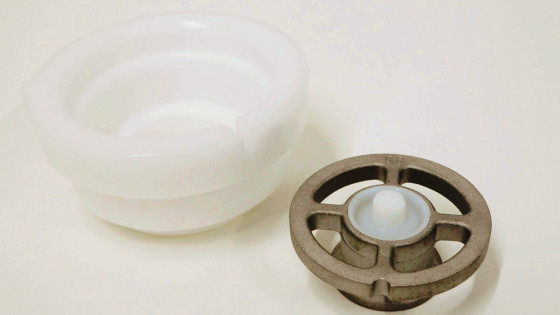
0.8 mm characters on the top of the metal parts. A sheet-like fabric with a thickness of 0.8 mm is completed.
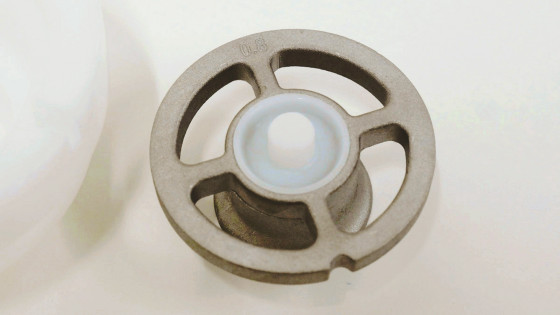
The back side of metal parts look like this. Some unevenness is attached.
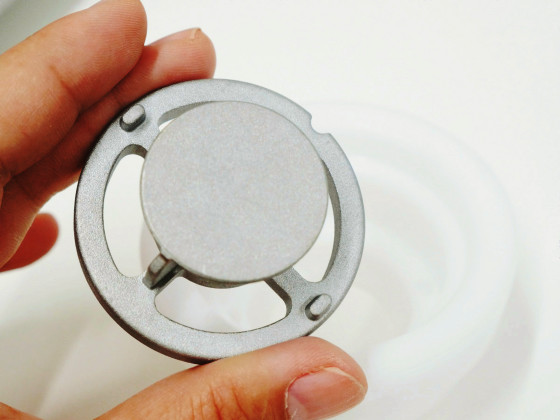
Integrate it in a shape that matches irregularities of plastic parts. The size of the cap is width 8.0 × height 3.7 × depth 7.8 cm, weight 135 g.
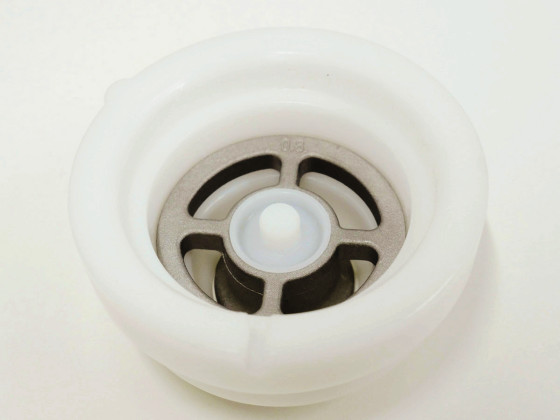
Remove the front panel of the noodle maker body ......
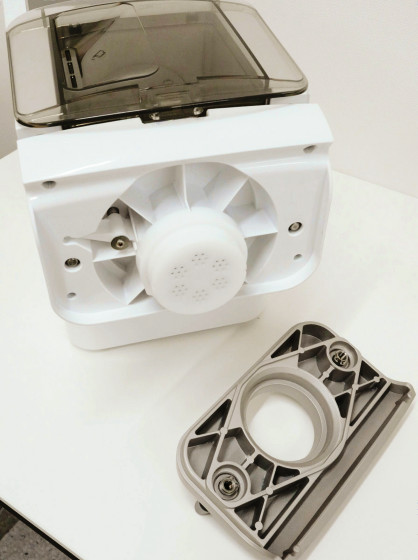
Attach the 0.8 mm seat cap to the part where the fabric comes out.
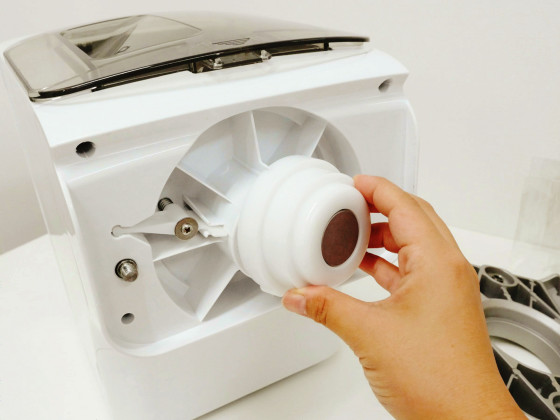
The correct answer is to make it engage with the body with the notch in the cap facing upward.
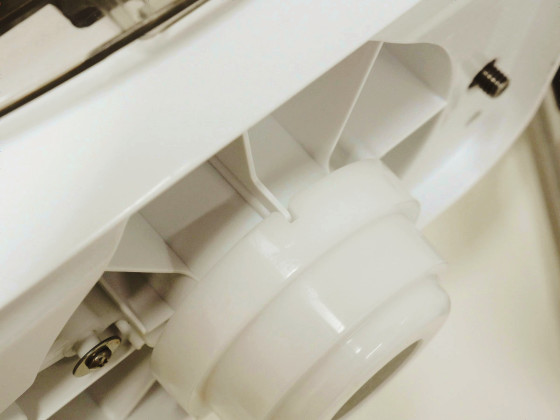
Preparation is complete.
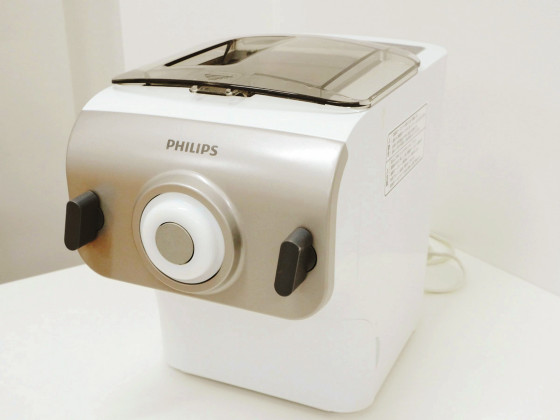
So I will make dough quickly. Because the recipe collection is attached to the noodle maker main body ... ....
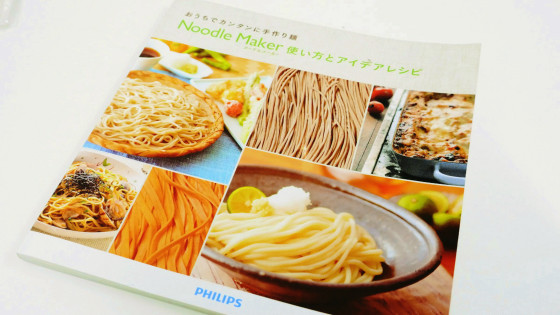
First of all we challenge the skin of dumplings written in it.

In the recipe, 250 g of strong flour is used, but as it is said that using 500 g of powder at once makes the shape of the fabric stable, this time we will make it in twice the amount.
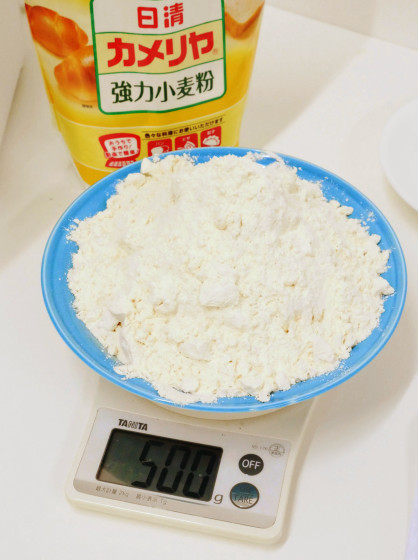
Pour 500 g of strong flour into the noodle case.
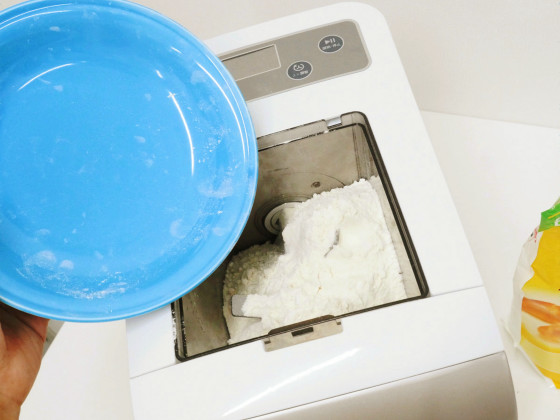
Close the lid tightly. Be careful not to make noodles if it is not tightly closed.
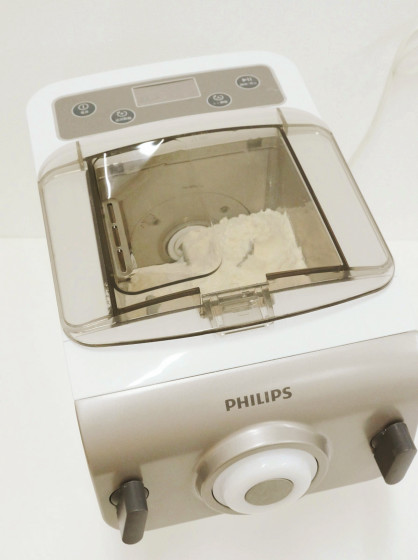
190 cc of cold water ...
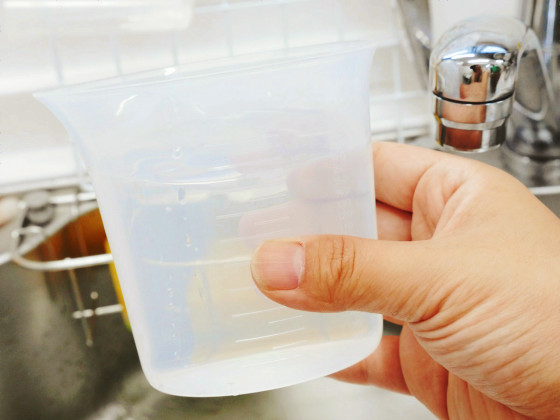
Prepare 6 g of salt.
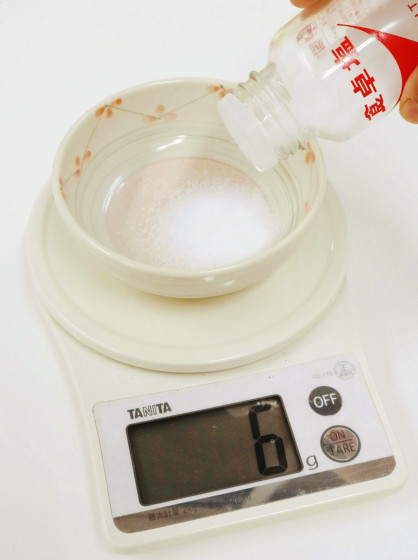
How to use a noodle maker is simple anyway, if you press the "start / stop" button after turning on the power, the noodle will be started. The standard kneading time is 5 minutes and it seems to produce Koshi by kneading with 720 kg of power. So press the power button on the left side of the main unit.
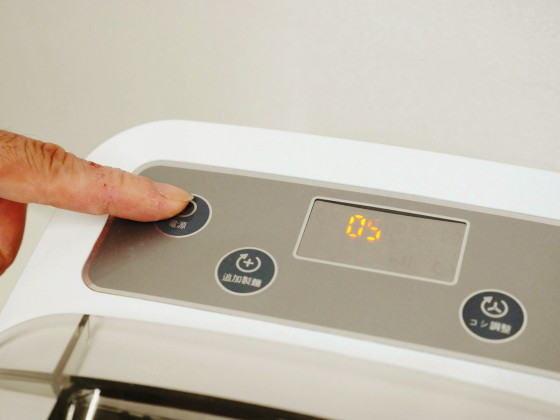
Next, "Start / Stop" is popped.

As the blade inside the main body begins to rotate, only slowly poured cold water and salt together.
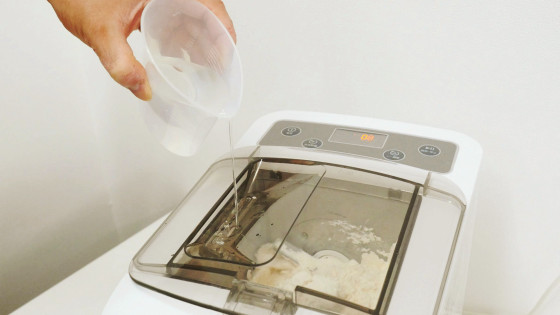
The powder gradually solidifies, but eventually the powder will never become a mass. It pushes out a little flaky powder and makes it into a piece of fabric.
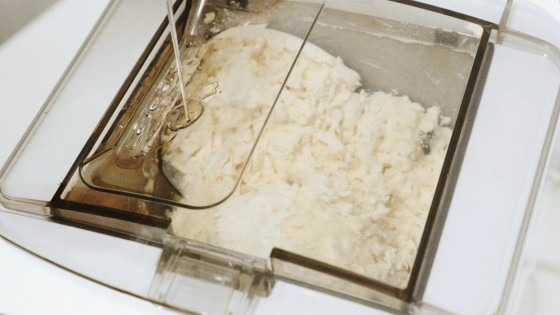
When the kneading work is over, the fabric is extruded from the cap and the sheet is born next. Because cloth comes out around ...
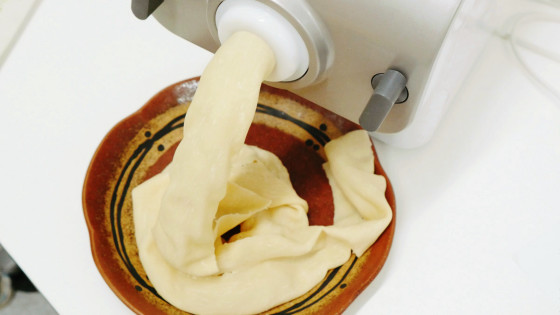
Cut it appropriately with the included cutter.
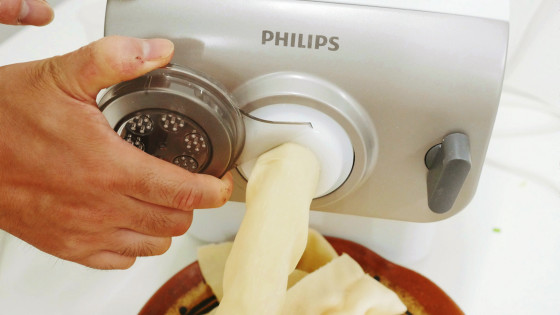
The dough comes out in a tubular shape, but when it was opened it was a long thin sheet. In some places it is torn.
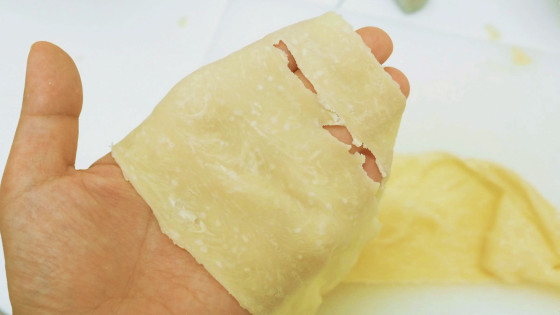
This is 500 grams of bread flour.
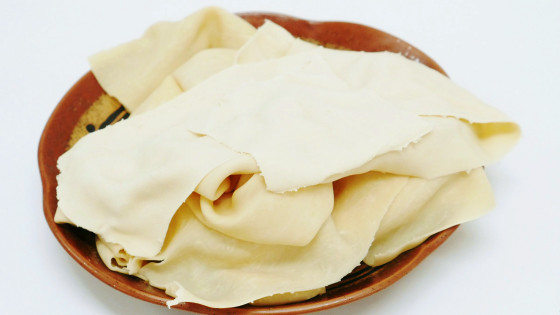
As it comes out as a sheet, when making dumpling skin it is necessary to hollow round. So I used a cup to mold the fabric with a pom pom.

It is completed.

It looks like it is skins of gyoza properly.
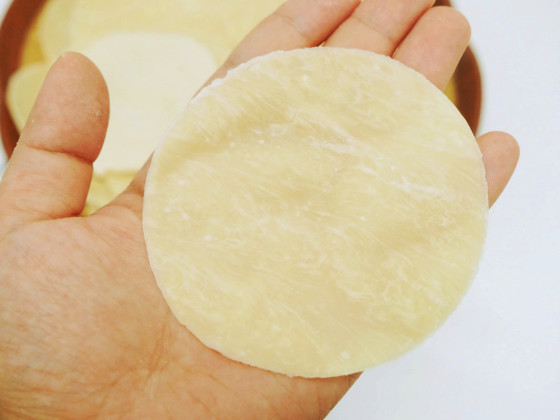
Left is the fabric which came out in the latter half of the fabric work, right is the dumpling skin made from the first half fabric. Since the powder in the latter half mixes firmly and there is no unevenness, it may be better to take a long time in case it is anxious about the appearance.
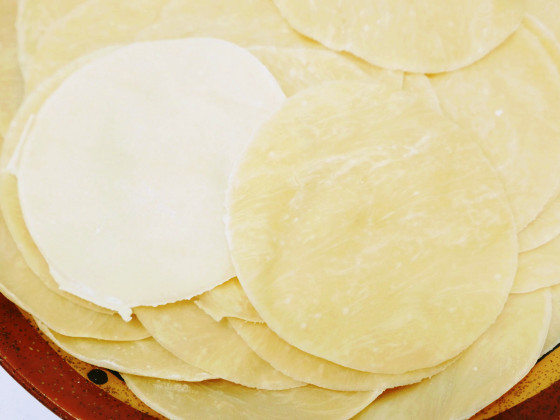
Next, I will make dumplings such as cabbage, leek, pork etc. ...
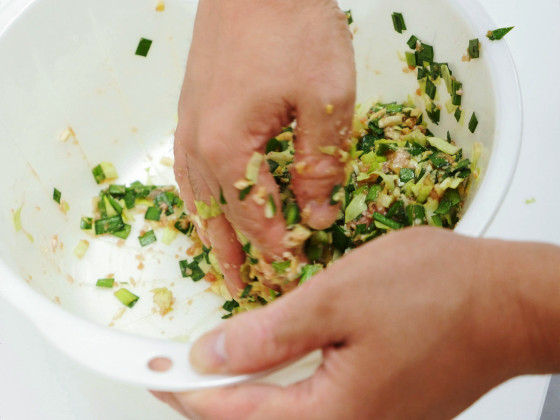
I will wrap the ants with the dumpling skin I made earlier.
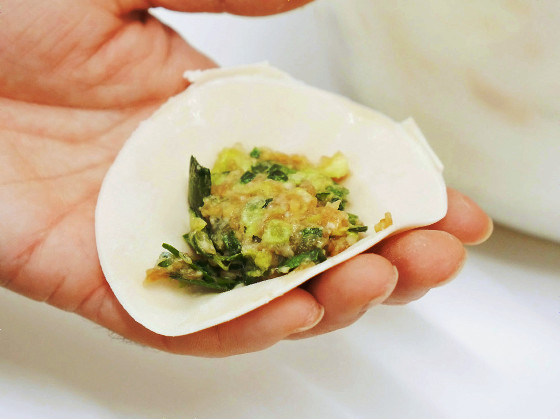
It is easy to understand from the top of the dumplings made, but the thickness of 0.8 mm is slightly thicker as a dumpling skin.
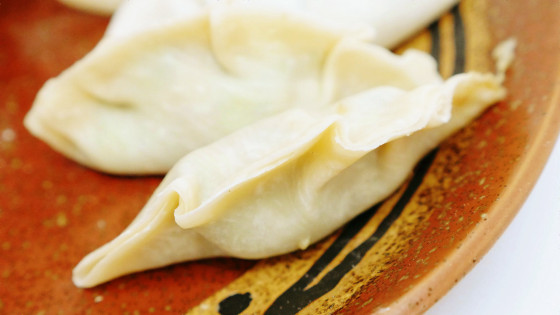
Depending on the size of hollowing out the dumpling skin, about 40 to 50 gyoza can be made from 500 g of medium powders. It may be good to use it as a wonton soup or the like too much hollowed out.
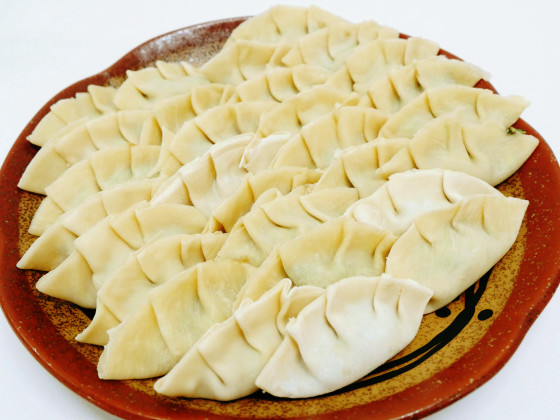
Drain oil and arrange dumplings in a heated pan ... ...
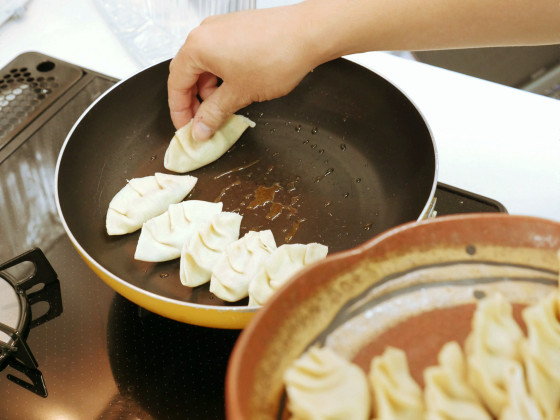
Wait for a while after putting hot water.
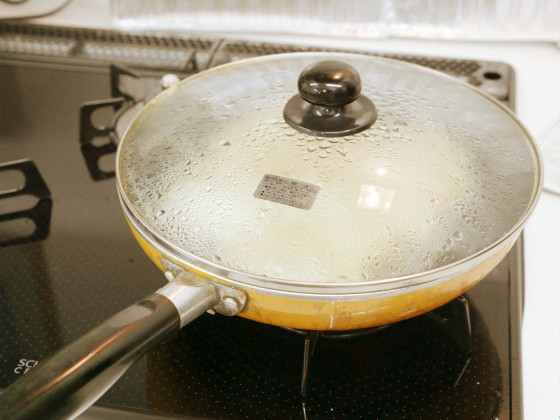
It is completed.
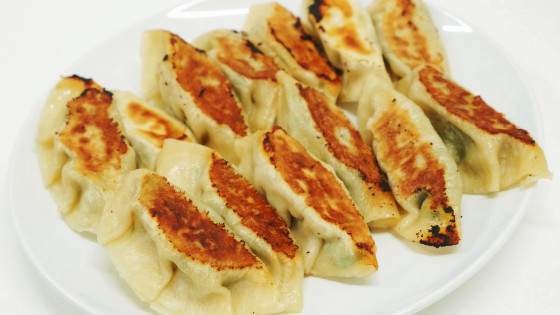
A fine dumpling no matter where you look. There is no thing in the inside to see through because the skin is a bit thick.
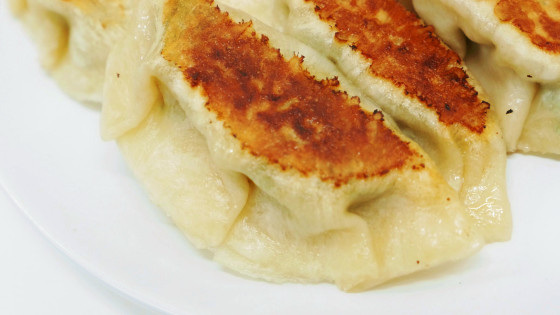
Jujitsu and meat juice overflow from inside. When I ate it while it was hot, it's pretty much complete, and thick skin is chewy and there is a response to eating, so this premonition is likely to become the main side dish even just this.
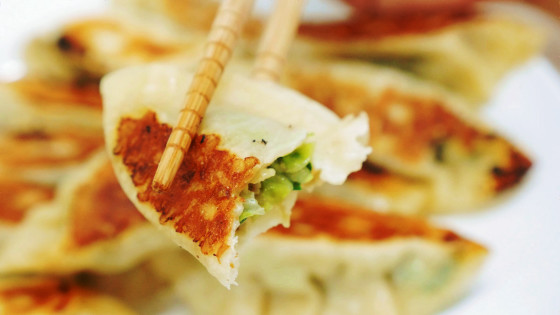
Now that I can make lasagne of spinach which I could not make so far, I will challenge.
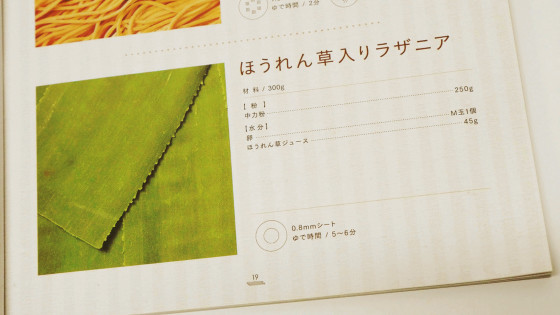
Now prepare 500 g of medium strength wheat flour.
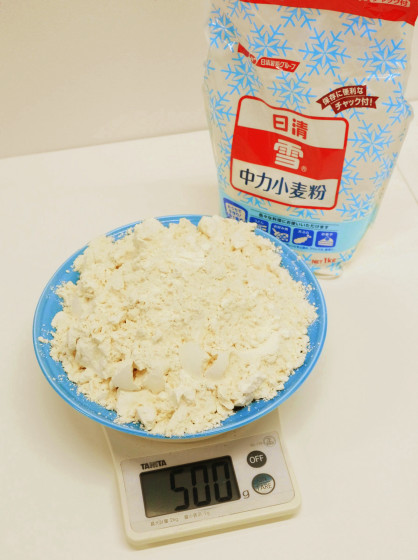
I use spinach juice, but since there were no spinach juice sold in a nearby shop,Blendtec MixerUsing spinach 1: water 1 amount of juice will be made.
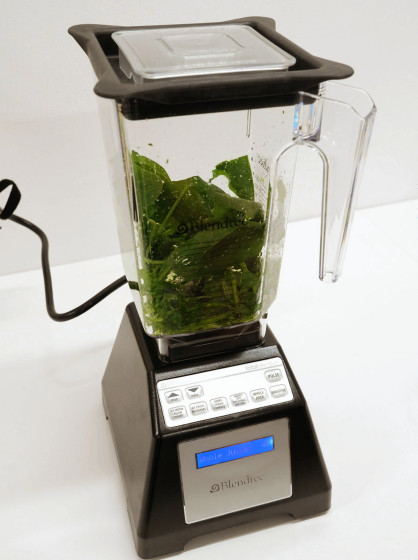
Add melted egg to finished spinach juice ... ...

Preparation is completed.
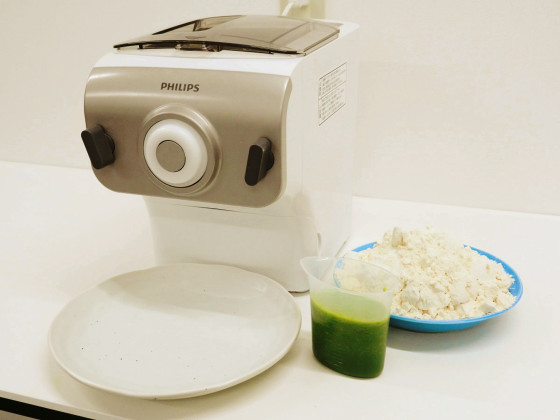
As before, we will put medium powders in the noodle case.
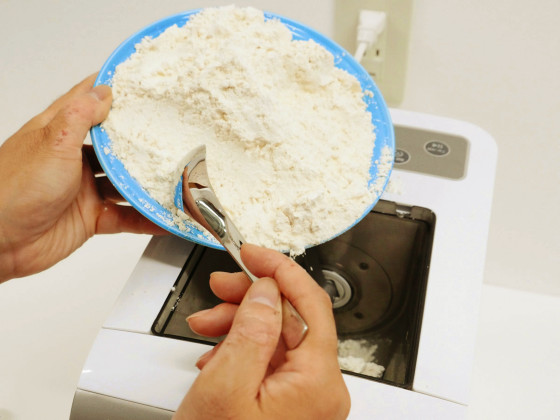
When the blade begins to turn by pushing the "start / stop" button, we will pour the spinach juice mixed with the egg.
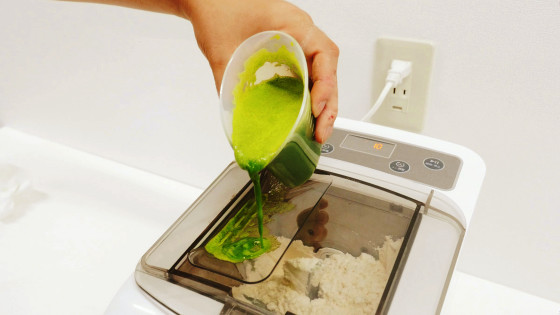
At the beginning white powder became gradually colored.
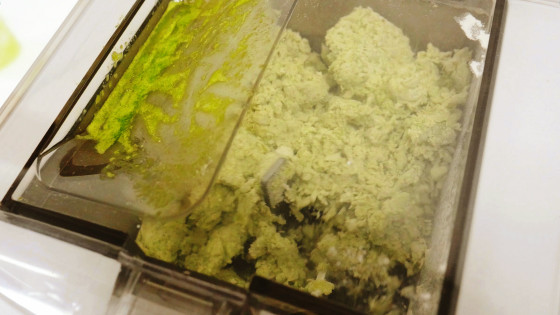
This is the fabric. It is bright green.
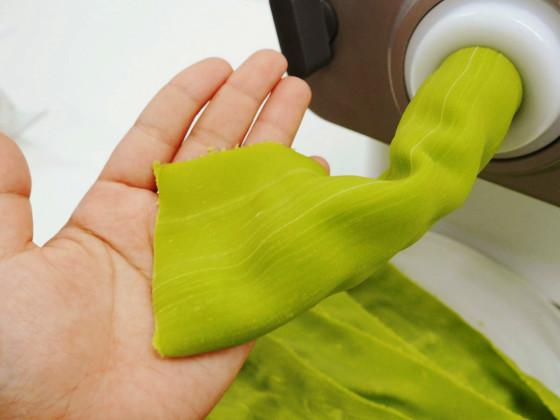
Cut it to an appropriate length with the attached cutter as well.
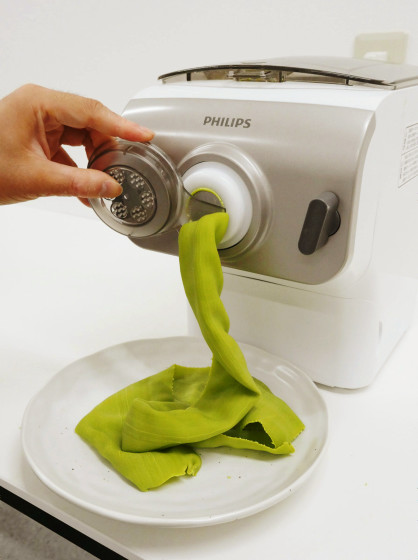
In the case of lasagna, boiled time is one minute.
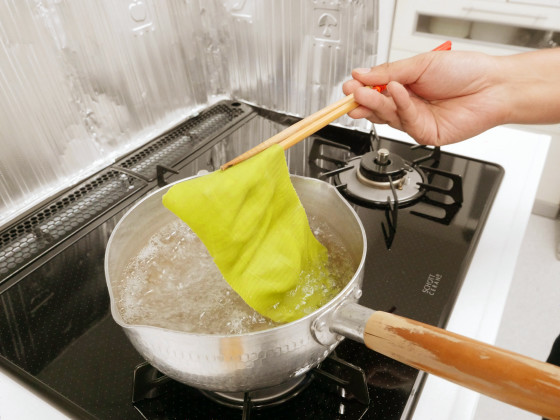
When boiled, the fabric changed to more vivid green.
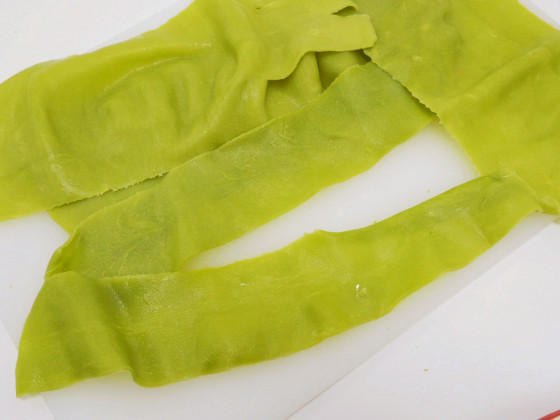
Since dough is completed in just 10 minutes, we will make lasagne with commercially available canned products etc. because this time focuses on speed.
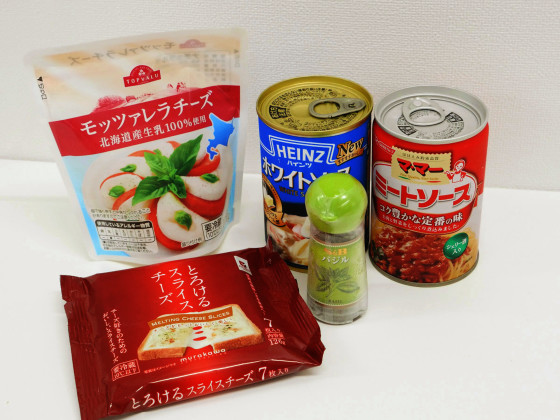
First, spread a meat sauce on a heat-resistant dish on which butter is applied.
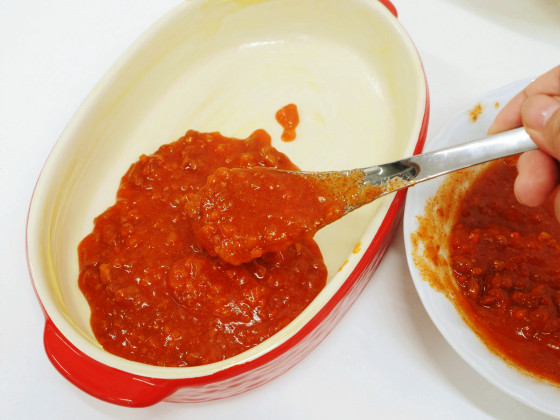
Wrapped in a white sauce and mozzarella cheese on the dough.

Put the lasagna on the dish ... ...

Top with meat sauce and melting cheese.
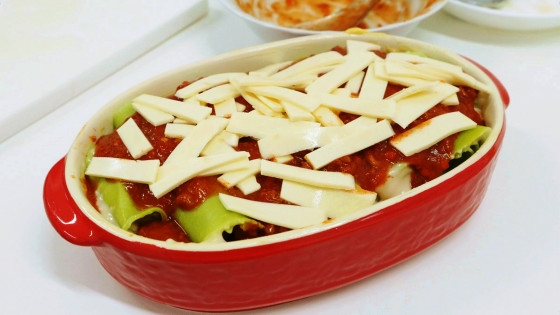
Afterwards it is ok if you heat it in the oven toaster for about 10 minutes.
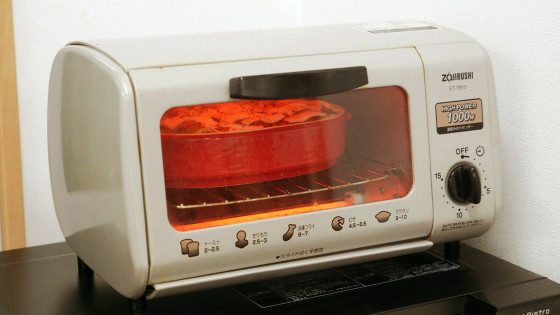
It is completed. Vivid lasagna green and sauce red, melting melted cheese white are also deliciously delicious 1 item.
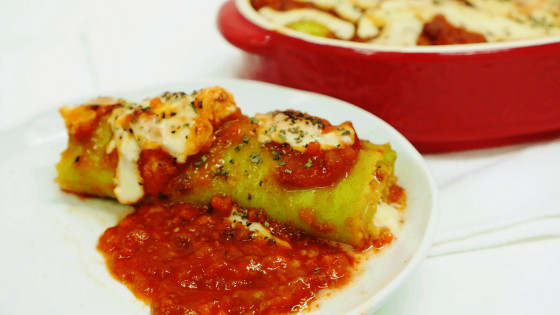
I do not feel the taste of spinach there, but the fabric of rich cake was a different finish than dry noodles and frozen ones, and I enjoyed authentic cuisine without spending time and effort. We used canning this time, but even if it is a source of retort, just preparing noodles with noodle makers seems to raise the level as a dish considerably.
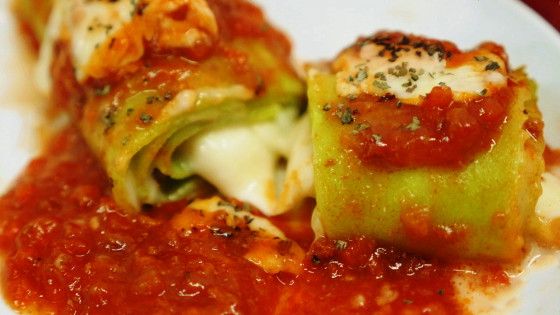
Even though I made a lot of lasagna, there was still more fabric, so I will convert the lasagna fabric to pasta.
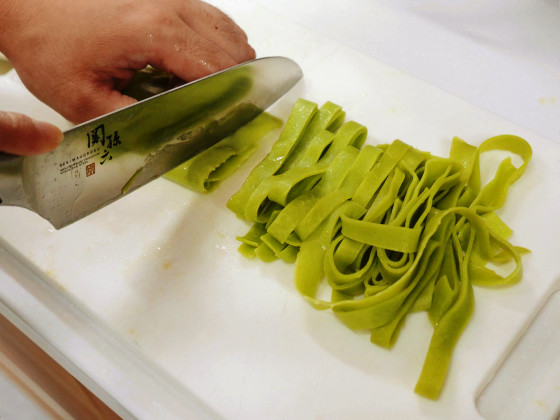
It is slightly irregular, but if it is handmade as well.
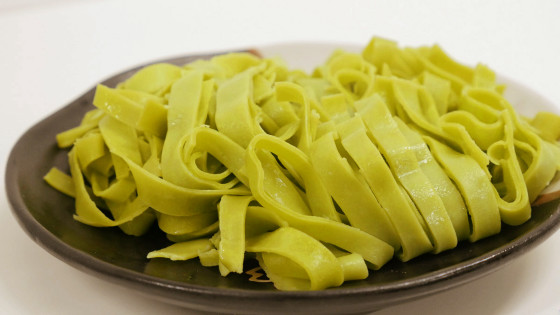
Fry bacon ... ....
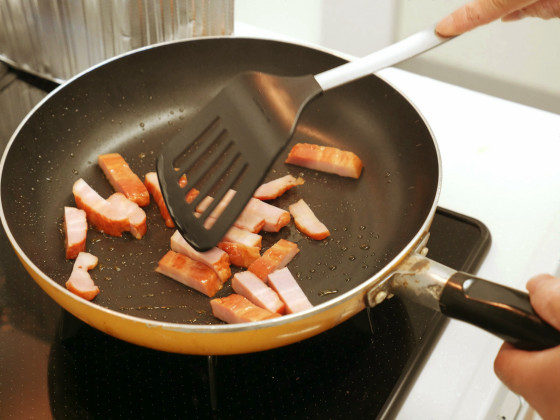
If you heat up the white sauce, put pasta.

Completion with sauce and noodles.
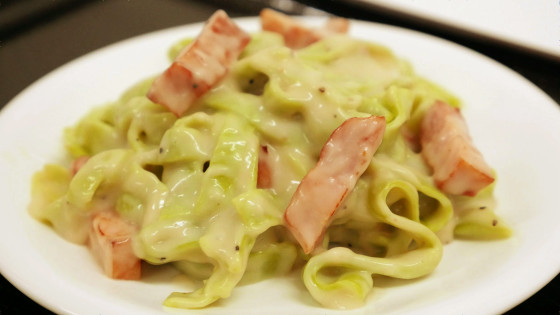
This can be made quickly, but it has become a real flavor. Since dough made with noodle makers can be refrigerated for 1 or 2 days if it is powdered, it can be made to stock to some extent at the same time. As for the 0.8 mm sheet cap, it becomes possible to make a wide range of dishes not just pasta and udon, so if you are a person who likes cooking you seemed to have no loss.
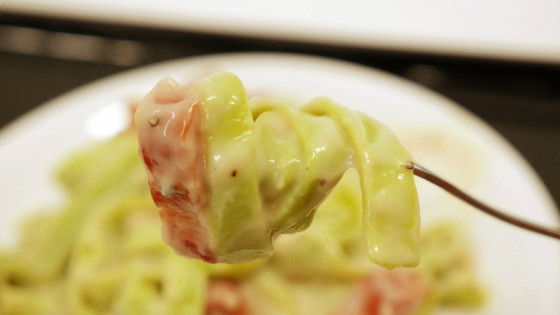
In addition, the 0.8 mm seat cap can be purchased with Amazon 1354 yen including tax, noodle maker body tax included 20 6193 yen.
Amazon.co.jp: Philips 【Attachment for noodle maker only】 0.8mm sheet HR 2435/01: Home & amp; kitchen

Amazon.co.jp: Phillips 【Raw noodles at home】 Noodle Maker HR 2369-01: Home & amp; Kitchen

Related Posts:
in Review, Gastronomic Adventure, Hardware, Video, Junk Food, Posted by darkhorse_log






